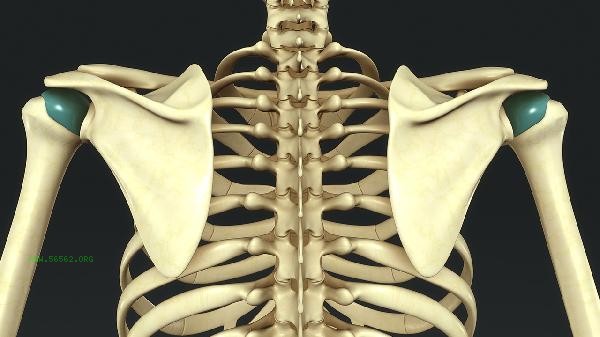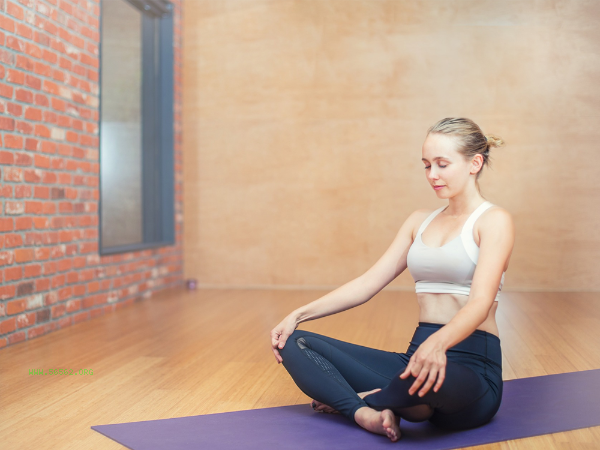Tightening of the back muscles can be achieved through targeted training such as pulling upwards, bending over to row, sitting in a row, hard pulling, and goat stance.

1. Pull up
Pull up is a classic exercise for the latissimus dorsi muscle, which can effectively enhance the overall strength of the back. Hold your hands slightly wider than your shoulders, use your back muscles to pull your body up to your chin above the crossbar, and maintain control when slowly falling. In the initial stage, elastic bands can be used to assist and gradually increase the intensity of self weight training. This action can simultaneously stimulate the lower part of the teres major and trapezius muscles, helping to shape the inverted triangle shape.
2. Bent Rowing
When rowing with a barbell or dumbbell, maintain a neutral position of the spine and flex the hip joints to create a 45 degree angle between the torso and the ground. By contracting the scapula and driving the arm to lift heavy objects to the abdomen, focus on strengthening the rhombus muscle and the middle and lower trapezius muscle. It is recommended to choose a weight that can be completed 12-15 times, with inter group rest controlled within 60 seconds, which can help improve muscle endurance and line sense.
3. Sitting Rowing
Equipment Sitting rowing can isolate and stimulate the back muscles, especially suitable for beginners to master the power mode. Adjust the seat so that the handle is level with the sternum, press the pedals firmly with both feet, and use the elbow to pull the rope backwards to the abdomen when exhaling, maintaining the peak contraction for 1-2 seconds. Pay attention to avoiding lumbar compensation and ensure movement quality by reducing weight. Training 2-3 times a week is more effective.

4. Hard Pull
Traditional hard pull can simultaneously strengthen the erector spinae muscle and the entire posterior chain muscle group. Starting position: Keep the barbell close to the calf, tighten the core, and use hip extension to lift the weight until the body is upright. It is recommended to use the forward and backward grip method to prevent the barbell from slipping, and the weight selection should be able to complete 8-10 times according to the standard. This composite action can significantly improve body posture and increase basic energy consumption, but special attention should be paid to maintaining the physiological curvature of the lumbar spine.
5. Goat Stretching
Goat Stretching mainly targets the shaping training of the erector spinae muscles in the lower back. Fix the lower limbs on a Roman chair, bend the body forward to be perpendicular to the ground, and slowly lift the torso through waist strength until it is in line with the legs. During the movement, both hands can be crossed in front of the chest or wrapped around the head to avoid excessive backward tilting of the neck. 15-20 sessions per group can effectively prevent back and waist relaxation caused by prolonged sitting.

It is recommended to schedule 2-3 specialized back training sessions per week, selecting 3-4 movements each time to complete 3-4 sets. Warm up and stretch thoroughly before and after training, and supplement with protein to promote muscle repair. Pay attention to maintaining the correct sitting posture in daily life and avoid hunched shoulders. People with high body fat need to combine aerobic exercise. When subcutaneous fat decreases, the tight back muscle lines will be more prominent. If there is a history of intervertebral disc problems or sports injuries, the training plan should be adjusted under professional guidance.








Comments (0)
Leave a Comment
No comments yet
Be the first to share your thoughts!